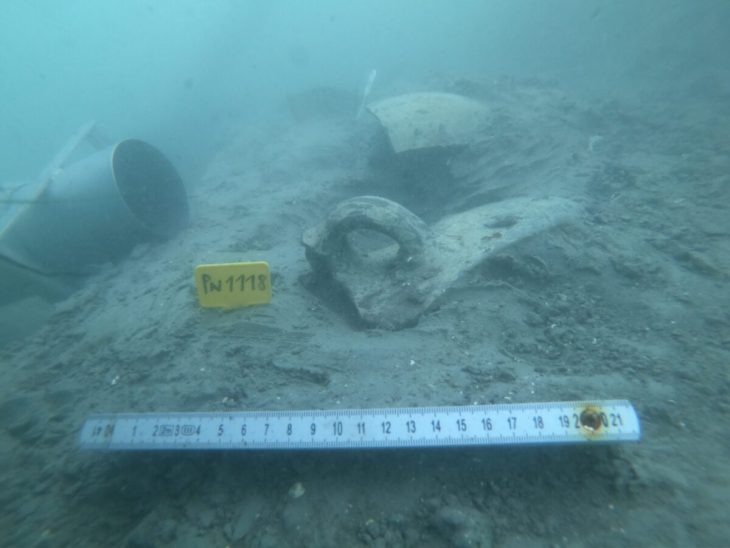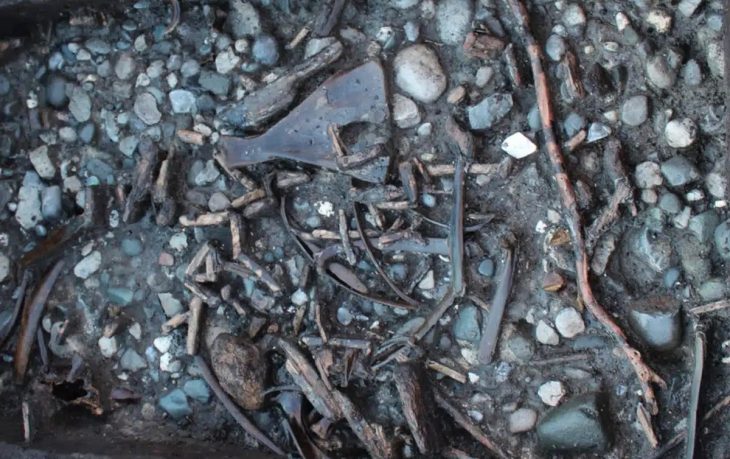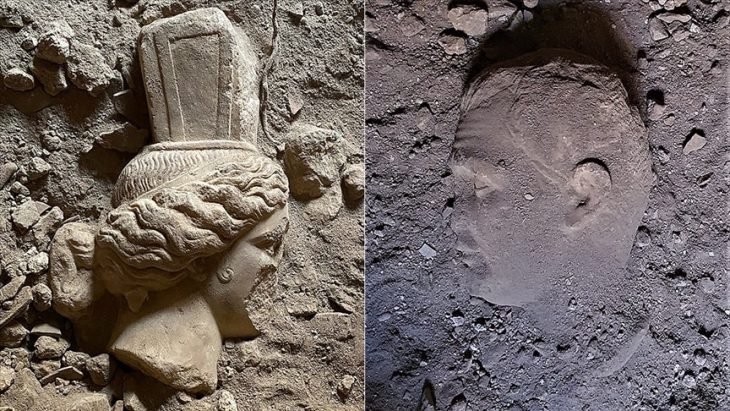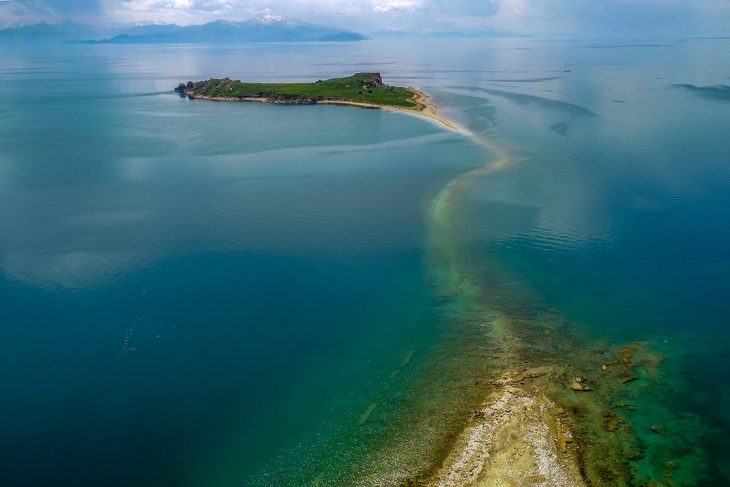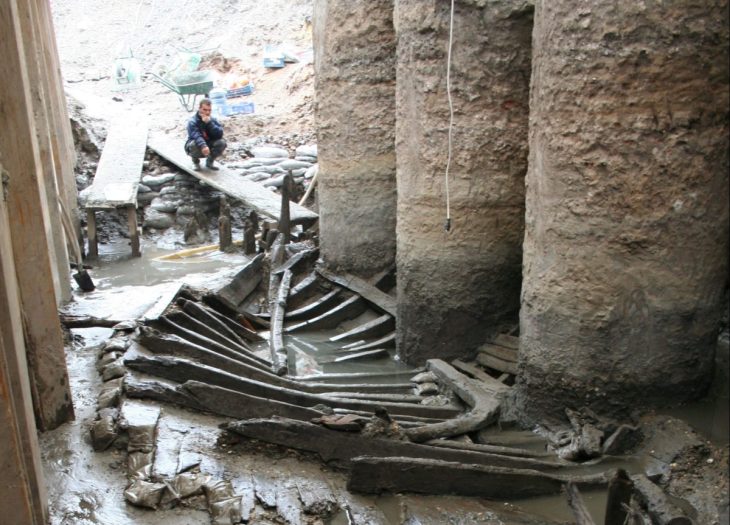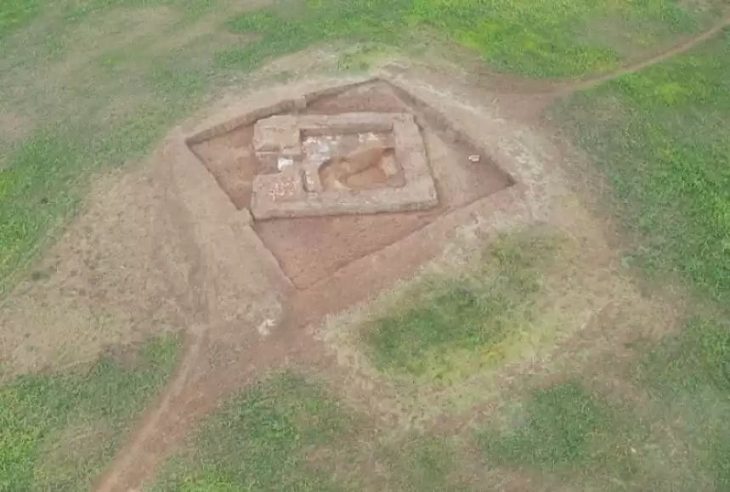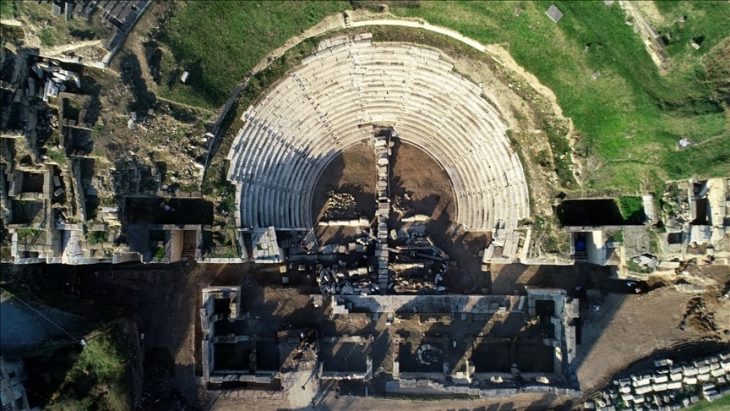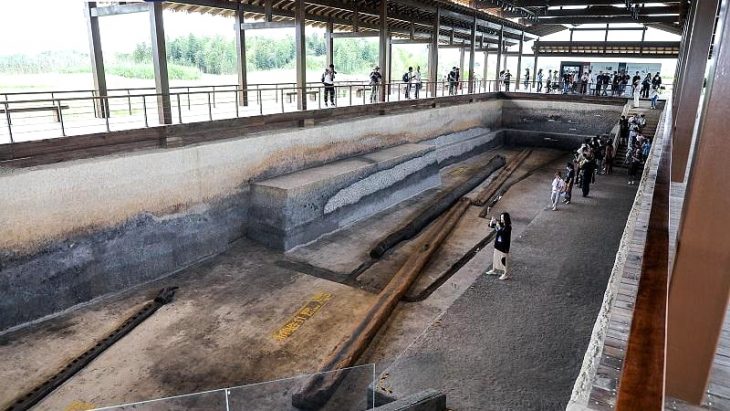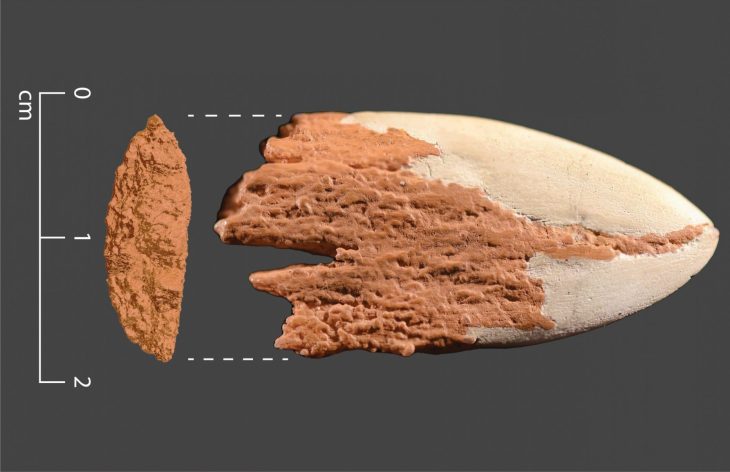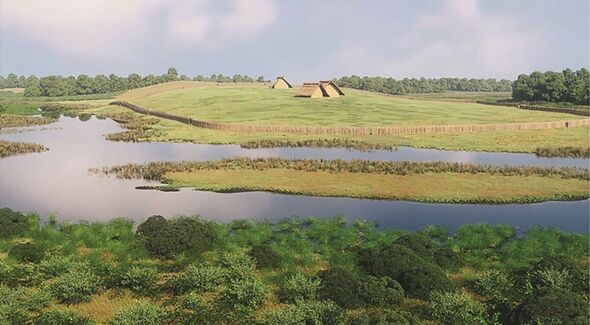Ruins from the sixth century have been discovered during excavations in the United Arab Emirates Umm Al Quwain region, which may be the remains of the lost city of Tu’am.
The discovery on Al Sinniyah Island is potentially one of the most significant archaeological finds in the Persian Gulf region. Located on Al Sinniyah Island, the island forms part of a group of small islands on the western side of the Khor Al Bidiyah peninsula.
It is thought the city was once the capital of a territory, on the Gulf coast of what is now the Emirates, and a pearl fishing center famed for the quality of its gems.
When Tu’am reached its zenith, in the sixth century, it was so well-known that old Arabic manuscripts mentioned it. After a plague and regional tensions, the city declined and faded from memory.
Under the direction of Sheikh Majid bin Saud Al Mualla, the Umm Al Quwain Department of Tourism and Archaeology is excavating the site in cooperation with regional and global specialists. The excavation team unearthed evidence of a sizable settlement that began in the fourth century CE and peaked in the fifth and sixth centuries.
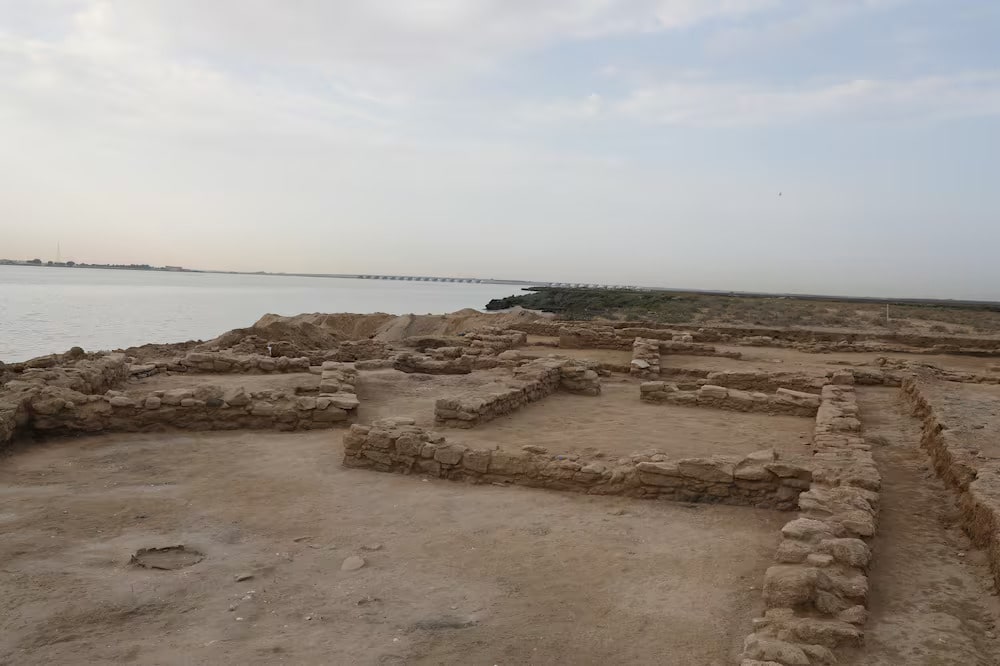
Previous research on the island revealed a pearling village and monastery, which have been the focus of the latest excavations.
This year, archaeologists discovered the settlement’s large semi-urban tenement buildings, each about 30 square meters, and tightly packed around narrow alleyways. These buildings, indicating a sophisticated and densely populated city, suggest the presence of a stratified social structure and a thriving urban environment.
Professor Tim Power of United Arab Emirates University (UAEU), who is leading the research, noted, “Our archaeological work has discovered by far the largest settlement ever found on the Gulf coast of the Emirates, aligning perfectly with the city described in early Islamic geographical sources. It’s a really important place. No one has ever found it.”
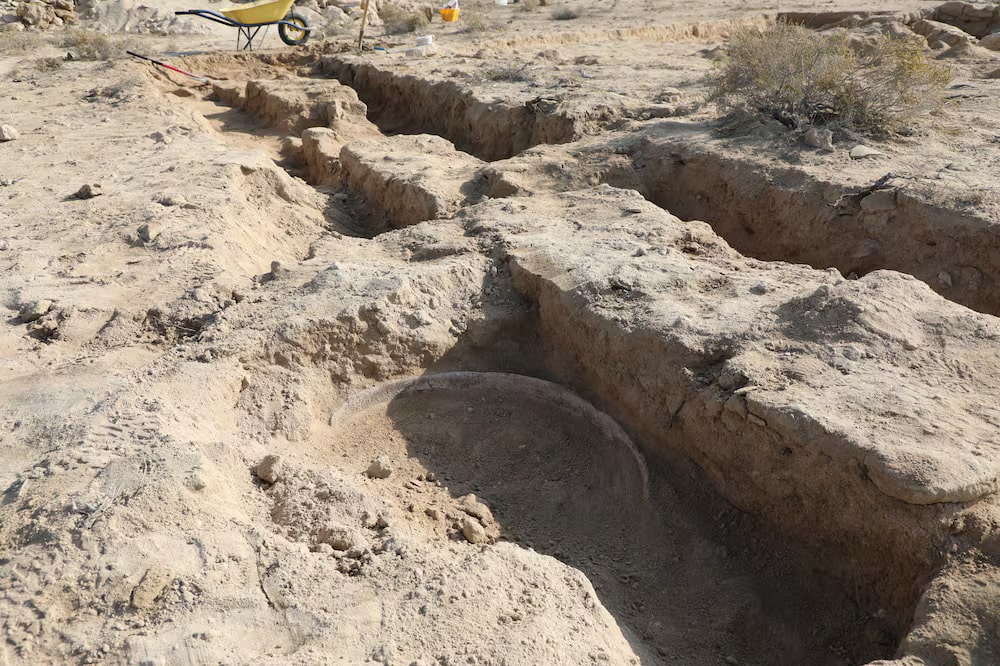
Archaeologists had previously believed that the settlement could have been a lay community serving the monks. However, it is believed that they have discovered something far more significant after four seasons of work at the location.
Professor Power explained that while they have not found definitive evidence, such as an inscription with the town’s name, the absence of other major settlements from this period on the coast strengthens the argument that this is Tu’am. “It’s a process of elimination,” he said.
Archaeologists have unearthed significant amounts of date wine jars, likely from Iraq, and fish bones, indicating a well-connected and diverse trade system. Findings also show the inhabitants were connected to wider trade networks that ran through Iraq, Persia, and India.
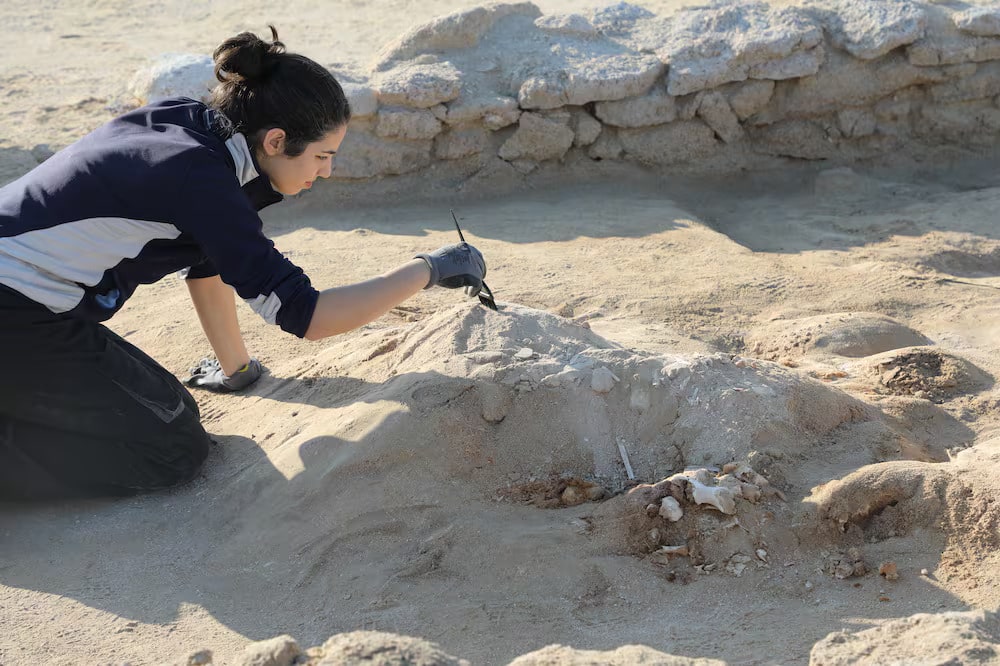
The discovery also sheds light on the region’s pre-Islamic history. The town would have been called To’me in Aramaic, and Tu’am in Arabic, which means twins.
Over time, this name was transformed into Greek and English as Thomas, though the original meaning was lost. So it is thought the city was named after St Thomas, who was sent to the East to spread Christianity.
Umm Al Quwain Department of Tourism and Archaeology
Cover Photo: Umm Al Quwain Department of Tourism and Archaeology


